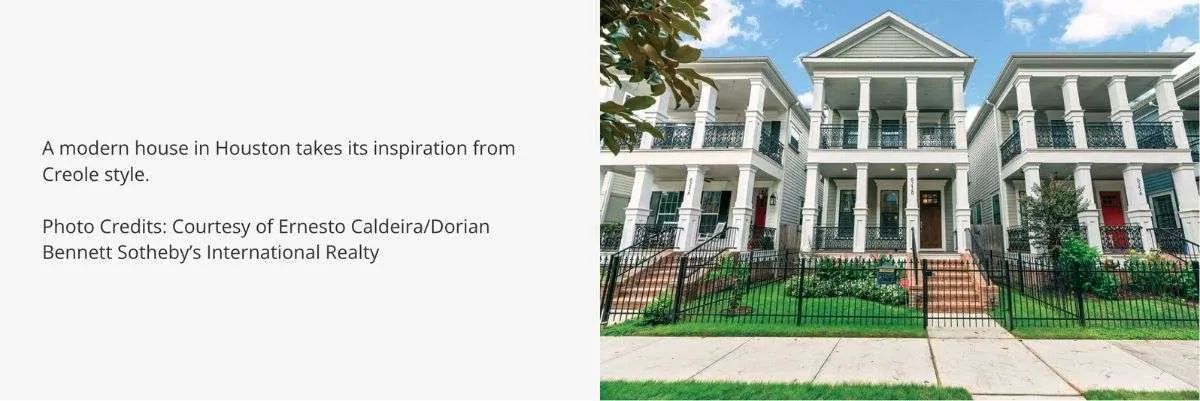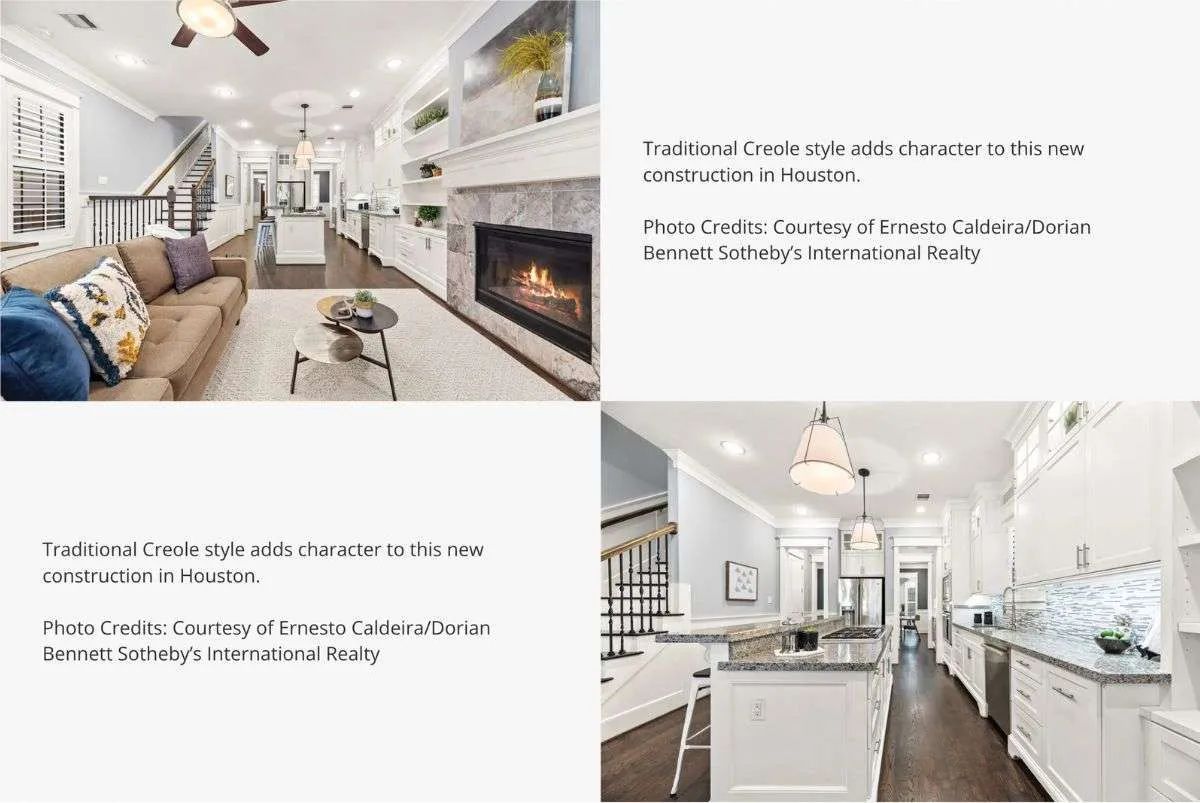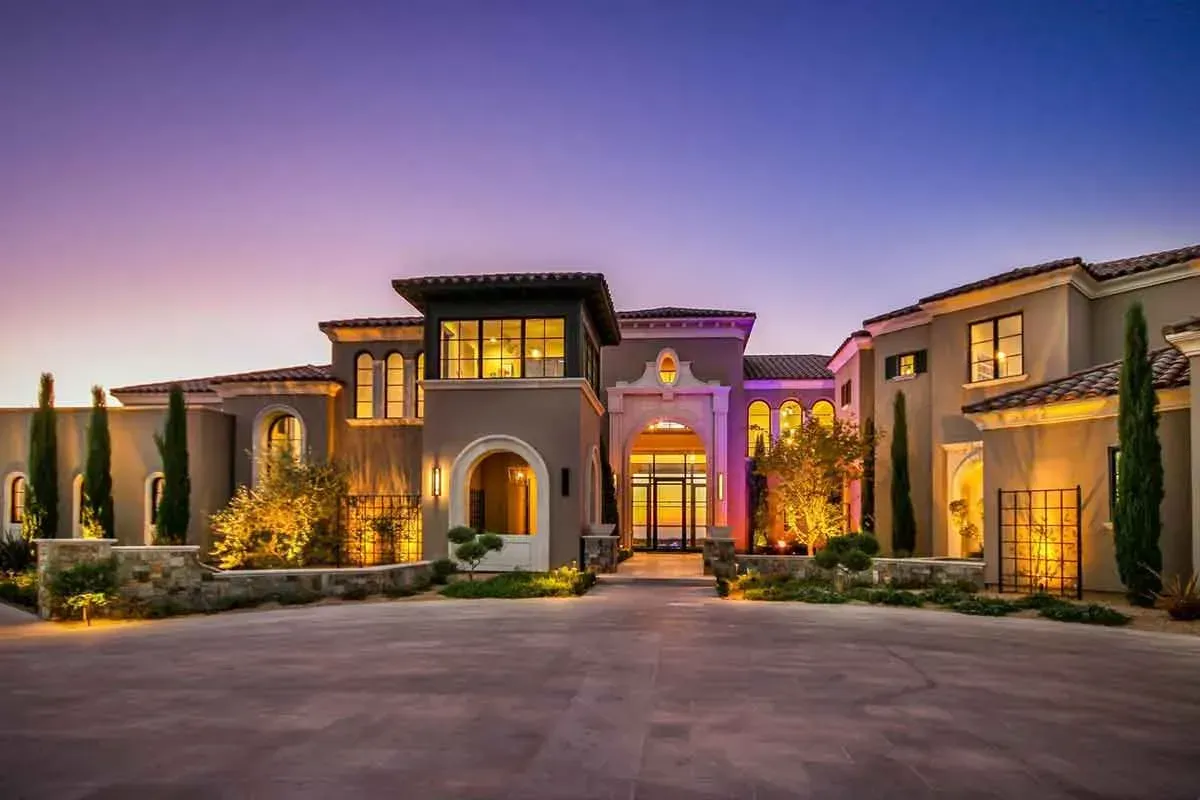Creole-Style Houses Offer Eclectic Architecture
FROM COZY COTTAGES TO NEW CONSTRUCTION, HALLMARKS OF THIS TRADITIONAL STYLE REMAIN A STAPLE IN U.S. GULF COAST HOMES

Classic New Orleans homes have an instantly recognizable style, with their intricate ironwork and grand galleries. But if you’re looking to define what, exactly, counts as Creole architecture, the answers get more complicated.
“Creole is a word used in many different countries and cultures around the world,” says Danielle Del Sol, executive director of the Preservation Resource Center of New Orleans. “The way it is most commonly defined in New Orleans is about being born here [to parents from somewhere else]. That includes Europeans, Africans, free people of color who came by way of Haiti. It really runs the gamut.”

Creole homes, then, have been historically defined not just by their architectural style, but by location, and the people who lived in them.
“If you date back to the late 1700s and early 1800s you can try to classify something as Creole depending on where it’s located in the city, it doesn’t necessarily have to be a Creole cottage or Creole townhouse,” Del Sol says. “In the late 1700s the Creoles really settled in the downtown areas of New Orleans—the French Quarter—and the outgrowth of that was the Creole suburbs, which we know as Marigny, Treme, and Bywater.”
That said, Creole cottages and Creole townhouses are the two most commonly seen examples of this type of architecture. As the names would imply, one offers more modest family quarters, and the other confers a certain level of status.

“Creole cottages are pretty much the earliest common type of housing [in New Orleans],” Del Sol says. “We really saw them come into prominence around 1790, and they’re the oldest existing structures still in this city. They were very space efficient, and a typical cottage was set up like a square with four equal rooms, with four bays—meaning a front and back door, and windows at the sides.”
As with their larger townhouse counterparts, cottages often had courtyards in the back that could be used as kitchens, gardens, and a space to do laundry and raise livestock. And both types of homes were designed for entertaining guests as much as possible.
“A mark of good Creole architecture is great entrances, fabulous stairways, beautiful parlors, sometimes two or three parlors [on the main level],” says Ernesto Caldeira, an agent with Dorian Bennett Sotheby’s International Realty in New Orleans. “Some townhouses might have three parlors across the front; it’s half the house.”
But the most recognizable features of Creole townhouses are found on the exterior. “The classic features are the big, stately columns in the front, deep gallery-style porches in the front and back,” says Rachel Solar, an agent with Martha Turner Sotheby’s International Realty-Central Houston Brokerage. “They tend to have oversize windows, lots of ornate ironwork, and indoors, tall ceilings and narrow, long floor plans and lots of natural light.”
“Stylistically what makes Creole townhouses easy to identify is that the openings on the front will be arched,” Del Sol says. “They’ll often have French doors, and the windows that are round at the top and fit into those arched openings.”

Some of these traditional elements are on display at 623 Allston Street, B, a three-bedroom home currently listed in Houston, where even in some new construction, traditional Creole design has made its way over from neighboring Louisiana.
“With us being so close to Louisiana, we’ve had a lot of people come from New Orleans, and they’ve certainly influenced our architecture,” Solar says. “There’s a particular neighborhood in Houston called The Heights—it’s one of the oldest neighborhoods—where only certain types of architecture are allowed, and Creole is definitely one of them.”
The Allston Street property “has that old world charm, even for new construction,” Solar says. “Builders in this neighborhood do a great job of striking a balance, doing a lot of rich molding, original hardwoods, and those big windows, and also having [modern updates like] functional storage and insulation.”
Historic Creole townhouses have been known to get modern updates as well, as is the case at 1040 Chartres Street in New Orleans, a townhouse that has been converted into luxury condos.
“It’s an 1820s or 1830s building, and [represents] the current state of a Federal-style Creole townhouse,” Caldeira says. “These townhouses are one of the most important versions of Creole architecture, and mainly found in the French Quarter. They were built by very socially conscious older families.”

The urge to update historic Creole homes, as well as to build new versions, is hardly a new one, and one of the biggest hallmarks of this catchall Southern style is its adaptability. In fact, some of the features that have come to be known as classic Creole or New Orleans style architecture have been added to buildings over the years, the better to align with whatever design trend was in vogue at the time.
“These buildings were being built well into the 19th century, so you had the influence of the Greek Revival movement, and people in the 1830s who wanted to be fashionable would slap some Greek Revival details onto the house,” Del Sol says. “If a house has Greek Revival columns, those could date back to certain decades when they were really popular, and if the overhangs have lacy ironwork, you could date that back as being added at some point when it was popular.”
“All the [details] you see in the French Quarter really came into fashion later on, and were kind of added to buildings that were already there,” Del Sol adds.
In addition to being endlessly adaptable, original Creole homes were built to last. “These homes were typically constructed of really heavy woods, like sinker cypress,” Del Sol says. “It’s resistant to everything—water, termites.”
“These homes have been here for 250 years, through so many hurricanes,” Del Sol says. “They’re amazingly resilient.”















